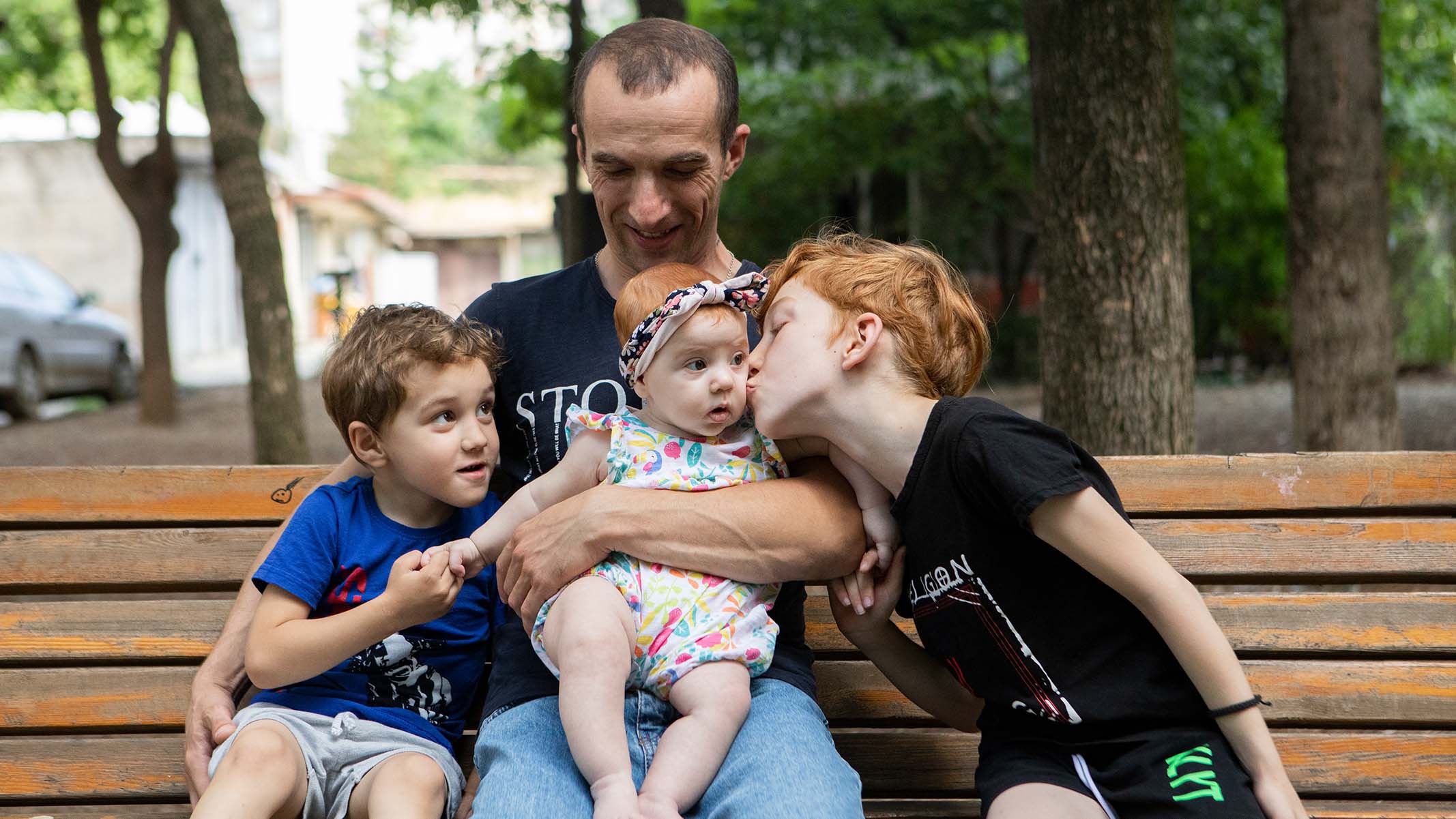The investment case for global health R&D is increasingly evidence-based. Impact Global Health’s new Ripple Effect analysis tracks what happens when high-income country (HIC) governments back research aimed at solving health challenges worldwide. Since 2007, HIC public investment of US$71 billion has generated US$511 billion in GDP growth in HICs and 643,000 jobs – and, looking forward, could unlock US$359 billion in private-sector co-investment over the next decade. In short, global health R&D is not charity; it’s a proven strategy for economic growth at home and abroad.
PDPs: A model built for public benefit
The report specifically notes Product Development Partnerships (PDPs’) specialized roles and capabilities in prolifically and cost-effectively delivering global health innovations. PDPs are non-profit product developers that work across sectors and apply specialized skills and knowledge to develop technologies where traditional market forces haven’t sufficiently incentivized innovation.
As a PDP, TB Alliance collaborates with universities, biotech firms, public laboratories, and manufacturers across regions – an approach that not only accelerates innovation for LMICs but also strengthens HIC innovation ecosystems by supporting high-skill jobs, facilities, and know-how that spill over into other priorities like antimicrobial resistance (AMR) preparedness.
From discovery to delivery: six-month DR-TB cures
The BPaL and BPaLM regimens—six-month, all-oral treatments for drug-resistant tuberculosis (DR-TB)—offer a concrete example of this type of innovation. These regimens reduced the length of DR-TB treatment by two-thirds or longer, the pill burden of treatment by as much as 95%, increased the likelihood of successful treatment from lower than 50% in some countries to about 90%, and did so while reducing the cost of treatment. These regimens are now being implemented around the world in the fastest and widest introduction of a new TB cure in modern history and are projected to save more than 190,000 lives and nearly $1.3 million USD by 2034.
Key partners in this project come from everywhere, high-income countries like the United States and United Kingdom, BRICS countries like South Africa, and LMICs with high burdens of TB. This means that funding for this work reaches both HICs and LMICs, and the benefits of the new technologies and enhanced research capacity it helps foster are enjoyed globally.
In LMICs, shorter, simpler regimens reduce costs for patients and families and relieve pressure and reduce costs for health systems. But HICs reap plenty of benefits as well. For example, since the United States Food and Drug Administration was the first regulatory body to approve the BPaL regimen, DR-TB patients in the US were able to benefit from this regimen quickly. A study on BPaL/M implementation in the United States noted it “transformed treatment” for what were traditionally some of the hardest-to-treat forms of TB. Further, in HICs clinicians and payers benefit from streamlined care pathways, more cost-effective care, fewer complications, and stronger readiness against drug-resistant pathogens.
A wise investment
The Ripple Effect evidence is clear: global health R&D generates measurable benefits for traditional global health funders and funding recipients – saving lives abroad while strengthening innovation capacity, jobs, and health security at home. Supporting PDPs like TB Alliance is one of the most efficient ways to translate funding into finished, field-ready solutions. By investing in the continued scale-up of the BPaL/M regimens and the next generation of shorter, universal TB cures, funders are helping to ensure that advances in science translates into prosperity and protection for all.
